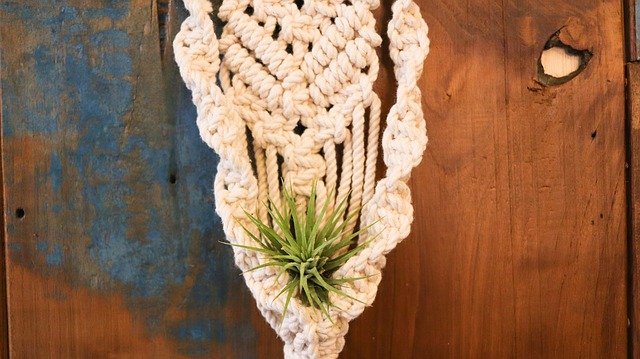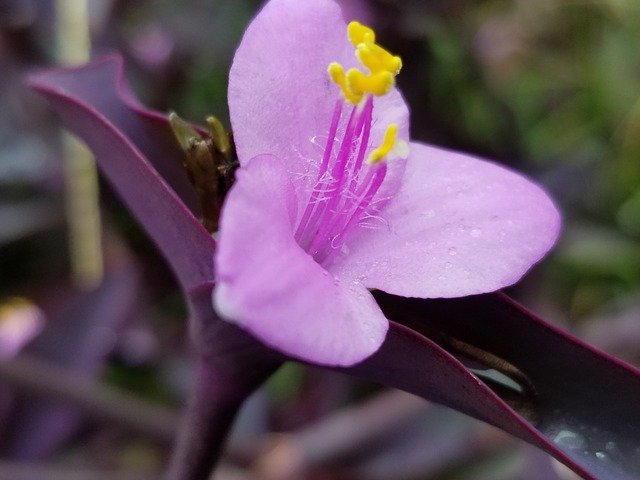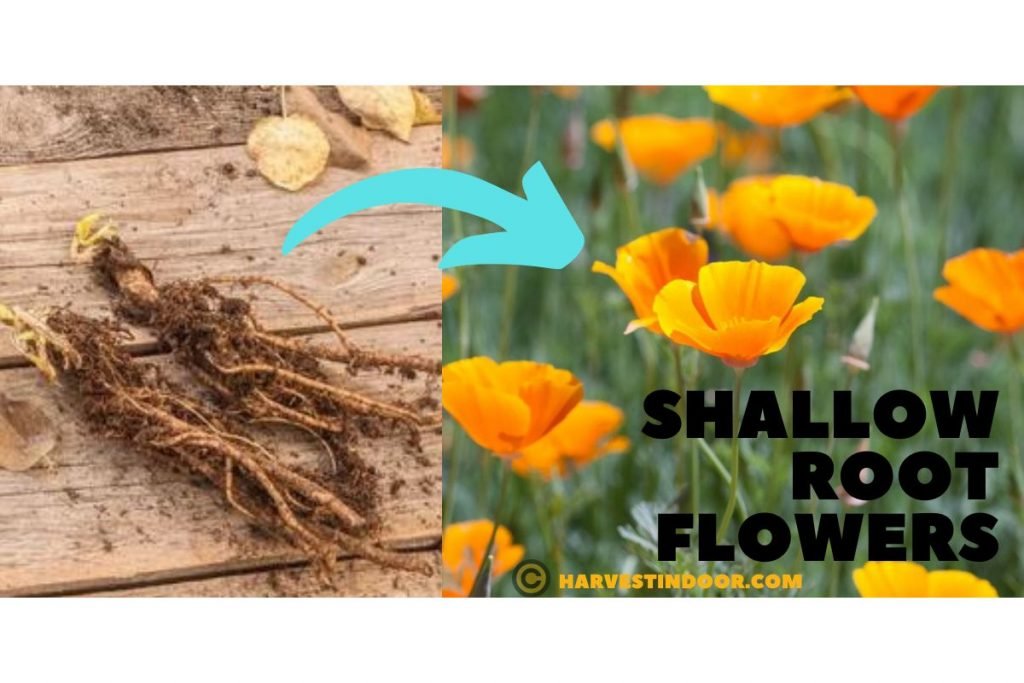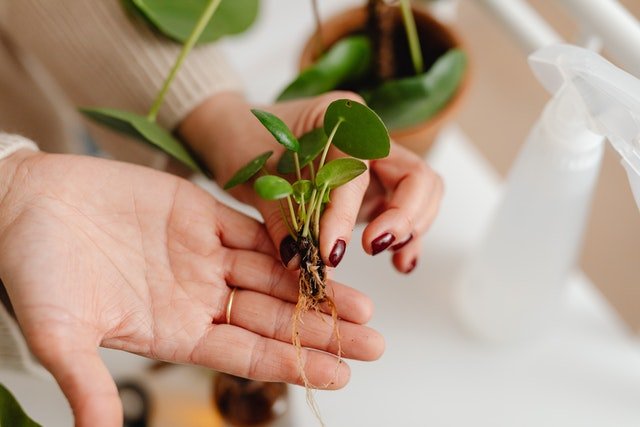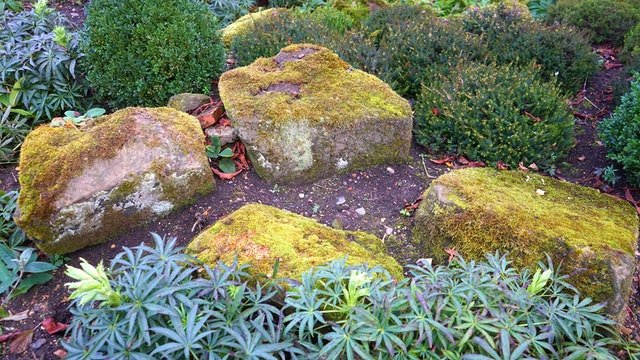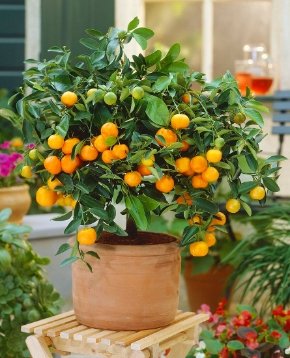Philodendron Red Sun is a beautiful and easy-to-care-for tropical houseplant that can be propagated through several methods. These methods include air layering, stem cuttings, and dividing the root ball. Each method has its own set of advantages and disadvantages, and the best method for you will depend on your experience level and the resources you have available.
Air layering is a technique that allows you to create a new plant from a stem while it is still attached to the parent plant. It’s a great option for those who have an established Philodendron Red Sun but want to make a new plant without having to wait for seeds to germinate.

Stem cuttings are another popular method for propagating Philodendron Red Sun. This method involves taking stem cuttings from a mature plant and rooting them in soil or water. It’s a great option for those who want to increase the number of plants they have quickly and easily.
Dividing the root ball is a method that allows you to create multiple plants from a single root system. This method is best for mature Philodendron Red Sun that have outgrown their current pot or have multiple shoots growing from the base of the plant.
In this section, we will go over each of these propagation methods in more detail, including the step-by-step instructions on how to do it, tips for success, and how to care for the new plant after propagation.
Table of Contents
Philodendron Red Sun propagation methods
Air layering
A. How to air layer a Philodendron Red Sun
- Locate a healthy stem on your Philodendron Red Sun that is at least 1 inch in diameter and has several leaves.
- Using a sharp knife or pruner, make a small incision on the stem about 6 inches below a leaf node.
- Peel back the bark on the stem to expose the cambium layer.
- Pack the exposed area with damp sphagnum moss, making sure to cover the entire exposed area.
- Wrap the moss and stem with plastic wrap, making sure to keep the moss damp and sealing the plastic wrap tightly to the stem.
- Secure the plastic wrap with twist ties or plant tape.
- Wait for roots to develop, which can take anywhere from 1-3 months, depending on the conditions and the size of the stem.
- Once roots have developed, carefully cut the stem below the rooted section and plant the new plant in a pot with well-draining soil.
B. Tips for successful air layering
- Make sure to use a healthy stem and avoid air layering a stem that is diseased or damaged.
- Keep the moss and plastic wrap consistently damp, but not waterlogged.
- Avoid exposing the moss to direct sunlight, as it can dry out too quickly or cause the stem to rot.
- Use a high-quality sphagnum moss, as it is known to promote root growth and has a high water-holding capacity.
C. How to care for the new plant after air layering
- Once the new plant has been cut from the parent plant, it is important to keep the soil consistently moist but not waterlogged.
- Place the new plant in a location with bright, indirect light. Avoid direct sunlight, as it can cause the leaves to yellow or burn.
- Gradually acclimate the new plant to its new environment by moving it to different locations and gradually increasing the amount of light it receives over time.
- Fertilize the new plant with a balanced, water-soluble fertilizer every 4-6 weeks during the growing season.
- Keep an eye on the humidity level and adjust as needed. Philodendron Red Sun prefers a humidity level of around 50-60%.
It’s important to note that the new plant may take some time to adjust to its new environment and may not look as healthy as the parent plant at first. Be patient and continue to provide the proper care and it will soon start to thrive.
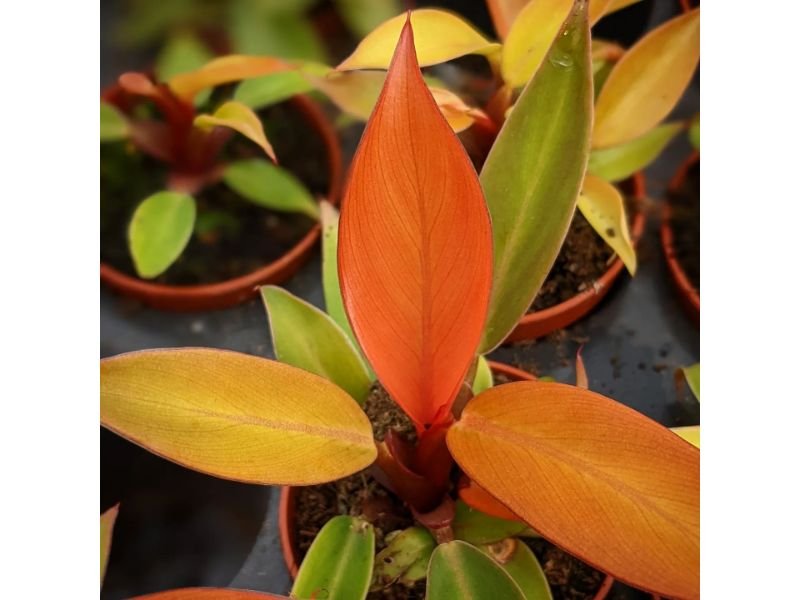
Stem Cuttings
A. How to take stem cuttings from a Philodendron Red Sun
- Locate a healthy stem on your Philodendron Red Sun that is at least 6 inches long and has several leaves.
- Using a sharp knife or pruner, make a clean cut just below a leaf node, making sure to remove all but two or three leaves on the cutting.
- Dip the cutting in rooting hormone powder (optional) to promote root growth.
- Plant the cutting in a well-draining soil, in a small pot or a container filled with moist perlite, vermiculite, or sand.
- Cover the cutting and container with a plastic bag or cover to create a mini greenhouse and maintain high humidity.
- Keep the cutting in a warm location with bright, indirect light and make sure to keep the soil consistently moist but not waterlogged.
B. Tips for successful stem cutting propagation
- Make sure to use a healthy stem and avoid taking cuttings from a stem that is diseased or damaged.
- Keep the soil consistently moist but not waterlogged.
- Avoid exposing the cutting to direct sunlight, as it can dry out too quickly or cause the stem to rot.
- Use a high-quality rooting hormone powder, as it can speed up the root development process and increase the chances of success.
- Keep an eye on the humidity level and adjust as needed. Philodendron Red Sun prefers a humidity level of around 50-60%.
C. How to care for the new plant after stem cutting propagation
- Once the new plant has developed roots, it is important to keep the soil consistently moist but not waterlogged.
- Place the new plant in a location with bright, indirect light. Avoid direct sunlight, as it can cause the leaves to yellow or burn.
- Gradually acclimate the new plant to its new environment by moving it to different locations and gradually increasing the amount of light it receives over time.
- Fertilize the new plant with a balanced, water-soluble fertilizer every 4-6 weeks during the growing season.
- Keep an eye on the humidity level and adjust as needed. Philodendron Red Sun prefers a humidity level of around 50-60%.
It’s important to note that the new plant may take some time to adjust to its new environment and may not look as healthy as the parent plant at first. Be patient and continue to provide the proper care, and it will soon start to thrive. It’s also important to monitor the new plant for any signs of disease or pests, and to address them promptly if they appear. With proper care, your new Philodendron Red Sun plant will grow and eventually become a beautiful addition to your collection.
Dividing the Root Ball
A. How to divide a Philodendron Red Sun root ball
- Start by watering your Philodendron Red Sun the day before you plan to divide it. This will make it easier to remove the root ball from the pot.
- Gently remove the plant from its pot and loosen the soil from the roots using your hands or a tool such as a trowel.
- Carefully inspect the root ball for any signs of pests or disease and address them if necessary.
- Using a sharp, clean knife or pruner, divide the root ball into smaller sections, ensuring each section has at least one shoot and some roots.
- Plant each section in its own pot with well-draining soil.
B. Tips for successful root ball division
- Make sure to use a healthy and pest-free plant for dividing.
- Watering the plant the day before dividing will make it easier to remove the root ball from the pot.
- Use a sharp, clean knife or pruner to divide the root ball to avoid damaging the roots.
- Each section should have at least one shoot and some roots.
- Keep the soil consistently moist but not waterlogged.
C. How to care for the new plant after root ball division
- Once the new plants have been repotted, it is important to keep the soil consistently moist but not waterlogged.
- Place the new plants in a location with bright, indirect light. Avoid direct sunlight, as it can cause the leaves to yellow or burn.
- Gradually acclimate the new plants to their new environment by moving them to different locations and gradually increasing the amount of light they receive over time.
- Fertilize the new plants with a balanced, water-soluble fertilizer every 4-6 weeks during the growing season.
- Monitor the humidity level and adjust as needed. Philodendron Red Sun prefers a humidity level of around 50-60%.
Conclusion
Propagating Philodendron Red Sun plants can be a fun and rewarding experience. By using one of the methods discussed in this guide, such as air layering, stem cuttings, or dividing the root ball, you can create new plants that are identical to the parent plant. Each method has its own set of advantages and disadvantages, and the best method for you will depend on your experience level and the resources you have available. It’s important to remember to use healthy and disease-free plants, maintain proper humidity and light conditions, and to provide the new plants with the proper care after propagation.

Gardening is my passion and growing plants indoors has always been a stress relief for me. Grow a banana tree in my apartment once (although failed to produce bananas).

